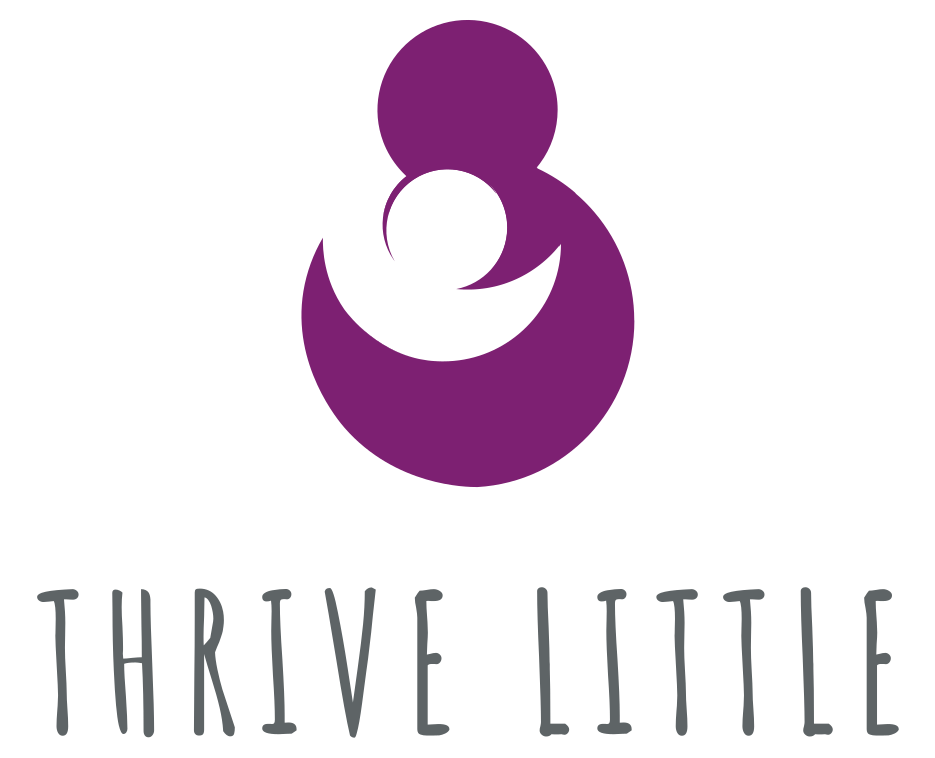Wondering when you should expect baby to start clapping their hands? Most babies will start to clap between 9 to 10 months of age. This is such a fun skill because it can communicate that baby is happy, excited, proud, or just having a good time!
What Skills Are Associated With Clapping Hands?
As with all things baby learns, clapping involves several different skills coming together in one simple action. While the action of clapping hands may seem super simple to us adults, it truly is amazing what is going on for baby developmentally to allow this action to occur.

Clapping Involves Bilateral Coordination
Bilateral coordination involves both sides of the body working together in a coordinated fashion to perform an action.
Working on other bilateral activities can help support attainment of the skills of clapping. Other bilateral activities to practice between 8 to 12 months include:
- Crawling! The ultimate bilateral activity that really involves the whole body. For tips check out this article from Zero to Three.
- Climbing stairs and obstacles. Climbing uses similar skills to crawling since baby will be on all fours just like when crawling. Of course, supervise closely when working on climbing, especially on stairs!
- Pulling toys apart. Pop tubes, Mega Blocks, and Pop Beads are my favorite toys to use to work on this skills.
- Rolling and corralling a large ball back and forth from baby to parent. 8-10 inches like this one is a good size.
- Banging toys together. I like to use smaller objects (but not choking hazard small!) such as shapes from a shape sorter. Banging toys together is nearly the same as clapping so once baby is doing this, clapping should soon follow!
Clapping Involves Communication Skills
This is also the age when babies are learning more communication skills such as gestures. You will likely see them start to wave and point around this age as well. For tips on teaching pointing, check out our article Teach Baby to Point.

They are starting to associate verbal language with non-verbal communication. For example, when you say “Yay!!!” they will start to learn that this is a good time to clap their hands together!
Working on practicing other gestures can be helpful to improve language and communication skills. It’s never too early to start singing songs with gestures, such as:
- The Itsy Bitsy Spider
- Twinkle, Twinkle Little Star
- The Wheels on the Bus
- The Hokey Pokey
- If You’re Happy and You Know It
- I’m a Little Teapot

Clapping Involves the Cognitive Skill of Cause and Effect
In the case of clapping, the cause is slapping the hands together and the effect is the physical sensation felt as well as the sound that is heard. Babies start to begin to understand about cause and effect around 6-9 months of age.

Other cause and effect activities to work on include:
- Shaking a rattle to make noise
- Banging toys on a hard surface, such as a table.
- Dropping toys on the floor (especially when sitting up high like in a highchair…)
- Pushing buttons on toys that causes a noise or visual effect (this little drum and this Glow & Discover Light Bar are fun options)
Babies all do things on somewhat different timelines. But if your baby is over 12 months and still not clapping, I would recommend seeking out an evaluation by an occupational therapist!
This post contains affiliate links

For 10% off all Tubby Todd purchases, use my discount link!
The Best Suction Plate and Bowl for Babies and Toddlers
Teaching Baby How to Use a Spoon

